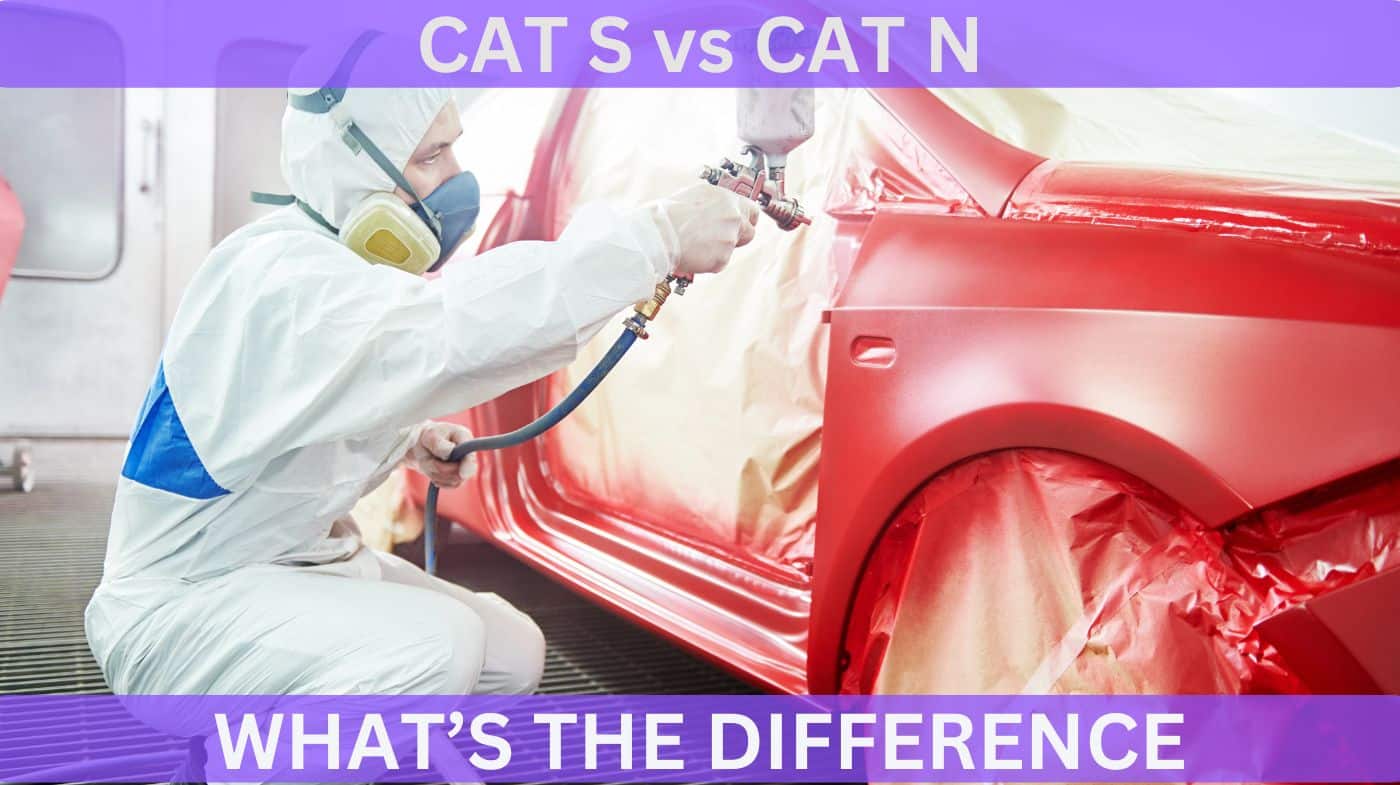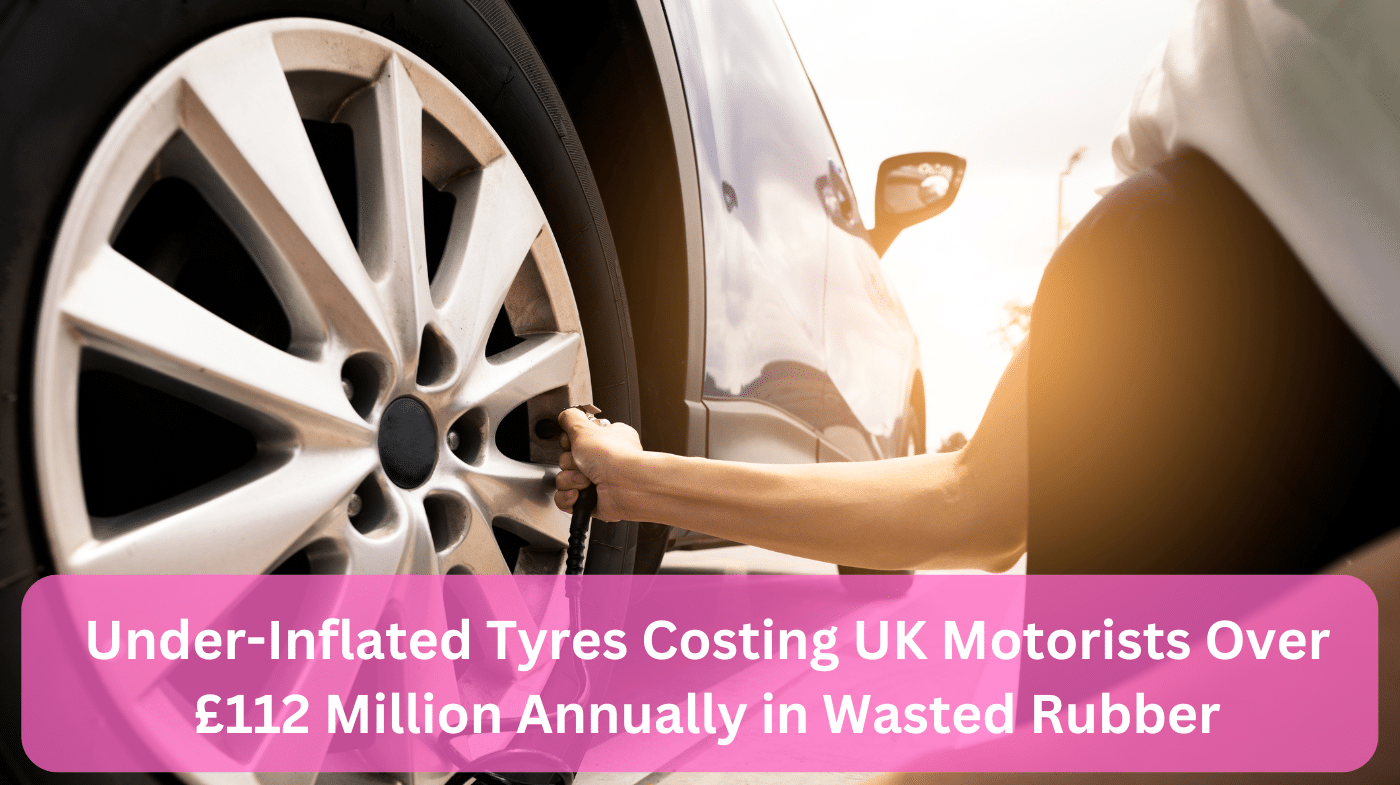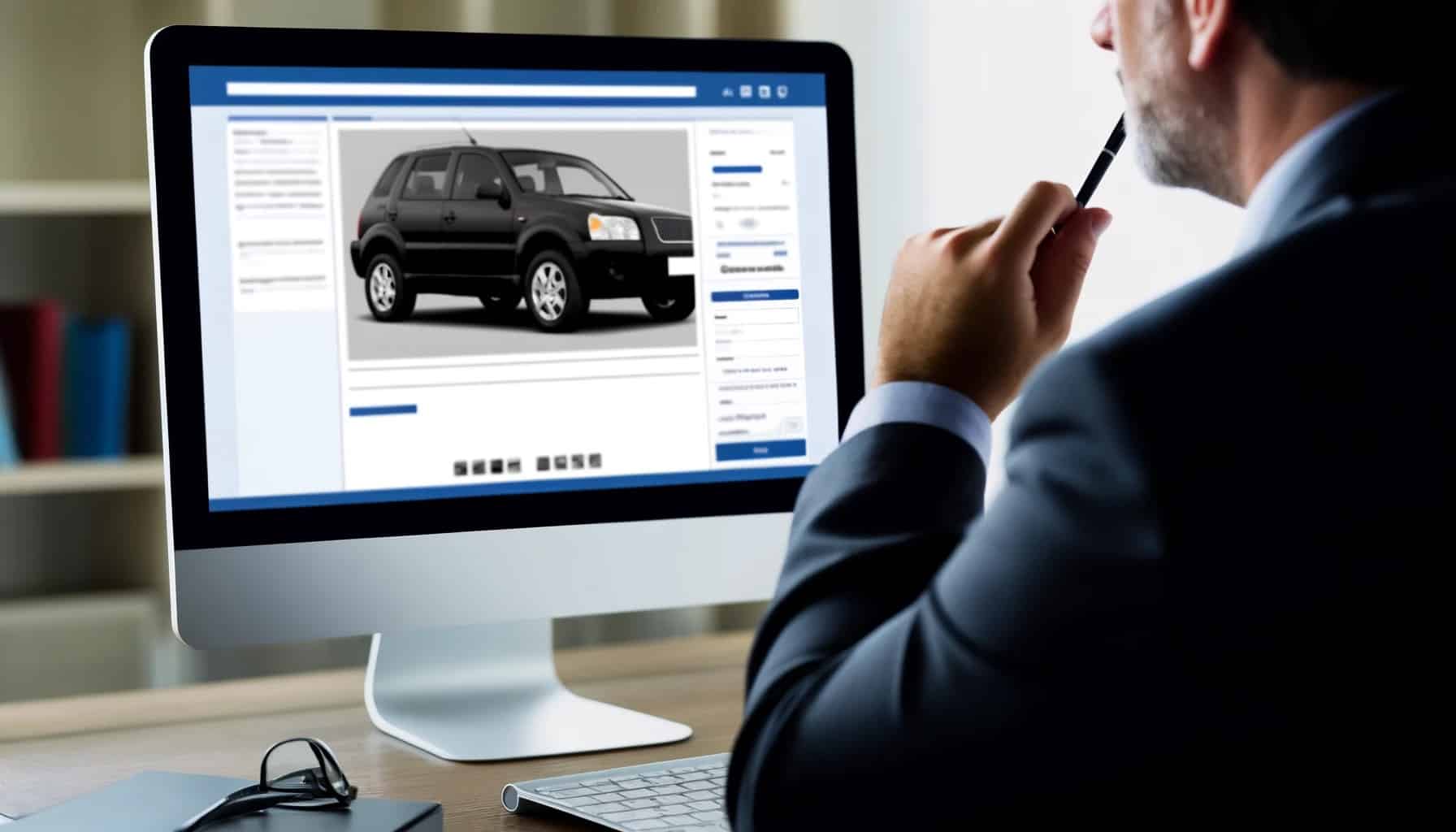When it comes to purchasing a used car, the jargon can be overwhelming, especially concerning insurance write-off categories like Cat N and Cat S. These categories are crucial to understand if you’re considering a vehicle that has been previously damaged and repaired. This guide will delve into what each category means and help you make an informed decision.
Overview of Insurance Categories
In the UK, vehicles deemed too costly to repair by insurance companies are categorized as write-offs. These categories include Cat A, B, S, and N. Cat A and B cars are beyond repair, with Cat A vehicles required to be scrapped entirely. In 2017, the previous Cat C and D were replaced by Cat S and N to provide clearer distinctions: Cat S (Structural) and Cat N (Non-Structural) damage.
What is Cat N?
Category N refers to vehicles that have sustained non-structural damage. This could include electrical faults, cosmetic damage, or issues that don’t affect the car’s frame or chassis. While these cars can often be repaired and returned to the road safely, potential buyers should be cautious. The advantage of Cat N cars is typically a lower price point, but it’s vital to ensure that all repairs are completed to a high standard.
What is Cat S?
Category S cars have suffered structural damage. This might involve significant parts of the car’s frame or structure, such as the chassis or crumple zones, which are integral to the vehicle’s safety in a collision. Buying a Cat S car requires careful consideration, as repairs must be meticulously performed to ensure the vehicle’s safety is not compromised.
Key Differences Between Cat N and Cat S
The primary difference between Cat N and Cat S lies in the nature of the damage. Cat N vehicles do not have damage to their structural integrity, whereas Cat S vehicles do. This distinction is crucial because structural damage can affect the overall safety and longevity of the vehicle. Additionally, Cat S repairs can be more complex and expensive, potentially impacting the car’s resale value more significantly than Cat N.
Buyer’s Guide to Cat N and Cat S Cars
If you’re considering a Cat N or Cat S car, it’s essential to conduct a thorough inspection. Here are a few tips:
- Always get the vehicle inspected by a qualified mechanic.
- Obtain a full history of the car to understand the extent and nature of the damage and repairs.
- Consider the long-term implications on insurance and resale value. Some insurers might charge higher premiums for these cars, or some buyers might be hesitant to purchase a repaired write-off.
Final thoughts
While Cat N and Cat S cars can be appealing due to their lower price points, they come with considerations that should not be taken lightly. The decision to purchase a car in these categories should be made with a full understanding of the damage, the quality of repairs, and the potential ongoing costs.
Remember
Before making a decision, thoroughly evaluate whether a Cat N or Cat S vehicle fits your needs and budget. For additional peace of mind, consider consulting with automotive professionals who can provide detailed inspections and valuations. Remember, knowledge is key in the used car market, and the more informed you are, the better your decision will be





